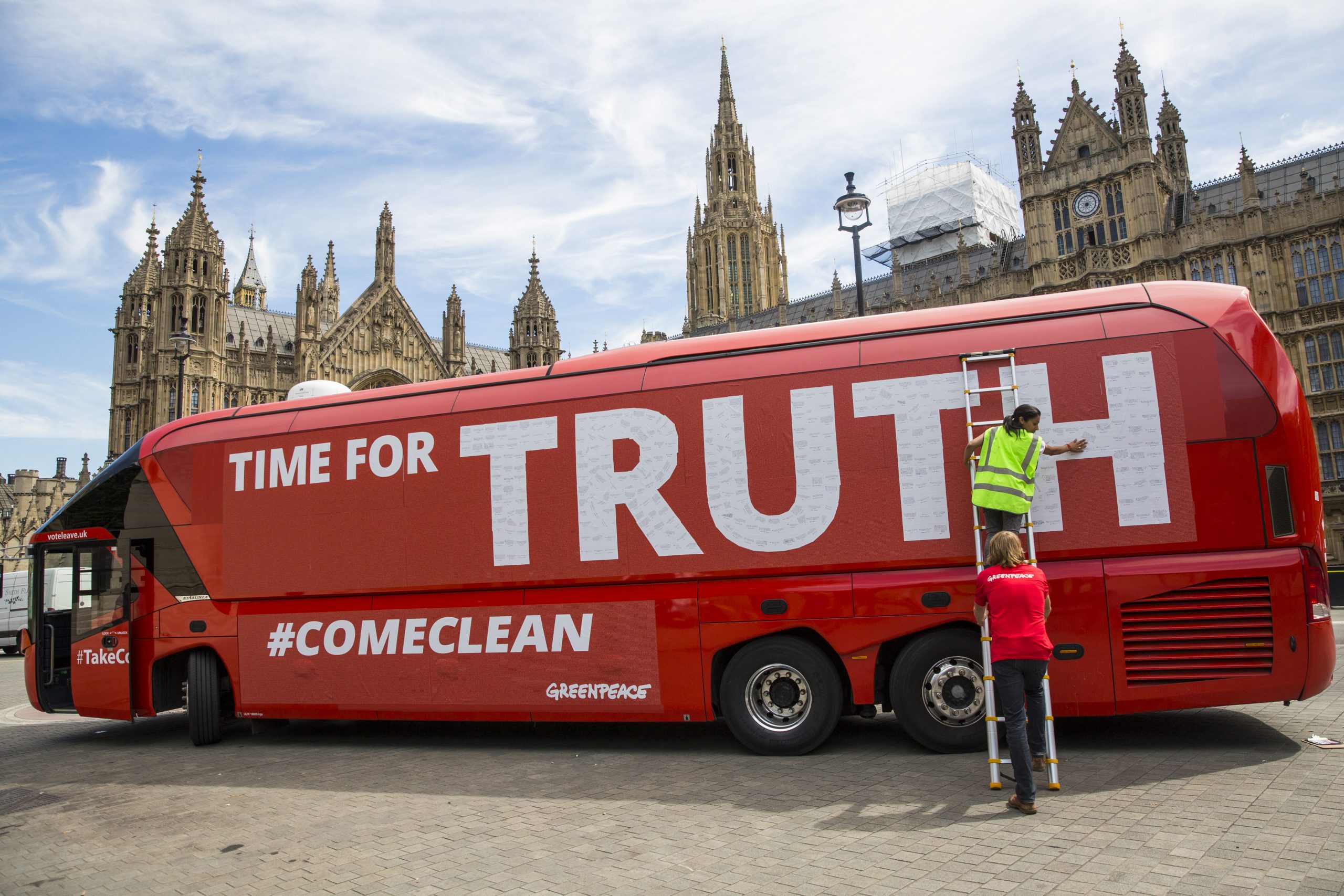
A crack team of physicists, led by a divisive but brilliant former government adviser gone rogue, create an incredible computer programme to singlehandedly defeat the sinister forces of the establishment – reality or the storyline of my rejected screenplay, NCIS: Nuneaton?
Dominic Cummings, director of the Vote Leave campaign, has written a blogpost about how his campaign hired physicists to use data and build software, giving them the edge over the competition, or in his own words: “The campaign had to do things in the field of data that have never been done before.”
He also made available the system they used to do this – the “Voter Intention Collection System”, or VICS, which I decided to take a closer look at.
What was VICS really? At its simplest, it was a website for Vote Leave volunteers. They could use it to print off lists of voters, so they could knock on doors and ask how they were planning to vote. They then entered that information back onto the website. Yep, that’s it.
If that sounds a little underwhelming, then you’re not wrong. Indeed, evidence in the code suggests that VICS was built by a Leeds digital agency with no physicists on staff at all. So what sets it apart from what the Stronger In campaign were doing? Or from what the Conservatives, Labour and the Lib Dems did during the general election? Erm, nothing at all, unfortunately. This kind of software has been about in one form or another since the late Eighties.
Where’s the much vaunted secret sauce? The modelling, the big data, the digital ad wizardry? We can piece some of it together from Cummings’ blog, comments in the media and on Twitter, and VICS itself.
On modelling, Cummings says: “Data models helped us target the ground campaign resources and in turn data from the ground campaign helped test and refine the models”. This is where your data scientists (and, presumably, their knowledge of quantum mechanics) come in.
Reading between the lines, they did some polling and used it to predict how likely each voter in the country was to vote Leave, which they then tested with what they were hearing on the doorstep. Just like the Stronger In campaign, the major parties, and many large companies have been doing for the last few years. Next.
Targeted digital advertising is another little-understood but much-hyped campaign technique. Cummings reports that using their models and Facebook, “We ran many different versions of ads, tested them, dropped the less effective and reinforced the most effective in a constant iterative process.”
Now I agree, this does sound pretty tricky. Luckily for us, Facebook’s ad software does it automatically for you.
Most interesting, however, is some of the data left in VICS after its hasty publication, which includes a file describing how many electors the campaign spoke to in each constituency. I can’t vouch for its veracity as it may well be an earlier snapshot or otherwise incomplete, but based on my experience working with this kind of data, it looks like a plausible set of numbers, and it’s pretty sobering.
It suggests that the Vote Leave campaign contacted 120,621 voters over the course of a year, less than 0.3 per cent of the electorate. According to the data available in VICS, in key Leave regions across the north of England – which accounted for nearly a quarter of the Leave vote – there were 8,880 conversations in total, and the median across all constituencies was just 31. (By comparison, the major parties would hope to see at least 1,000 conversations per week in a competitive battleground seat approaching a general election.)
These figures cast doubt on the campaign’s claims of having over 12,000 activists out canvassing every week in the last ten weeks of the campaign. Finally, looking across the country at all the voters the campaign spoke to, just four in ten were Leave supporters, a figure that raises questions about the final quality of the campaign’s targeting efforts.
None of this is to diminish VICS itself, or the volunteers who dedicated their free time to the campaign. I’m sure their efforts had an impact. The campaign was undoubtedly well-run, but it wasn’t nuts and bolts-like data or direct mail that did it – doing these things only makes a difference on the margins, which can be cancelled out if the other side is equally savvy.
The real power of Vote Leave’s campaign was that it tapped into the British public’s discontent with the status quo, and crafted a message that resonated with people from Carlisle to Penzance. But it’s crucial that we properly scrutinise claims made by campaigns about how clever they are, even if they do win.
Joshua Carrington is a former Labour staffer. You can follow his tweet-by-tweet trial of VICS on his Twitter timeline, @jshmrtncrrngtn.






